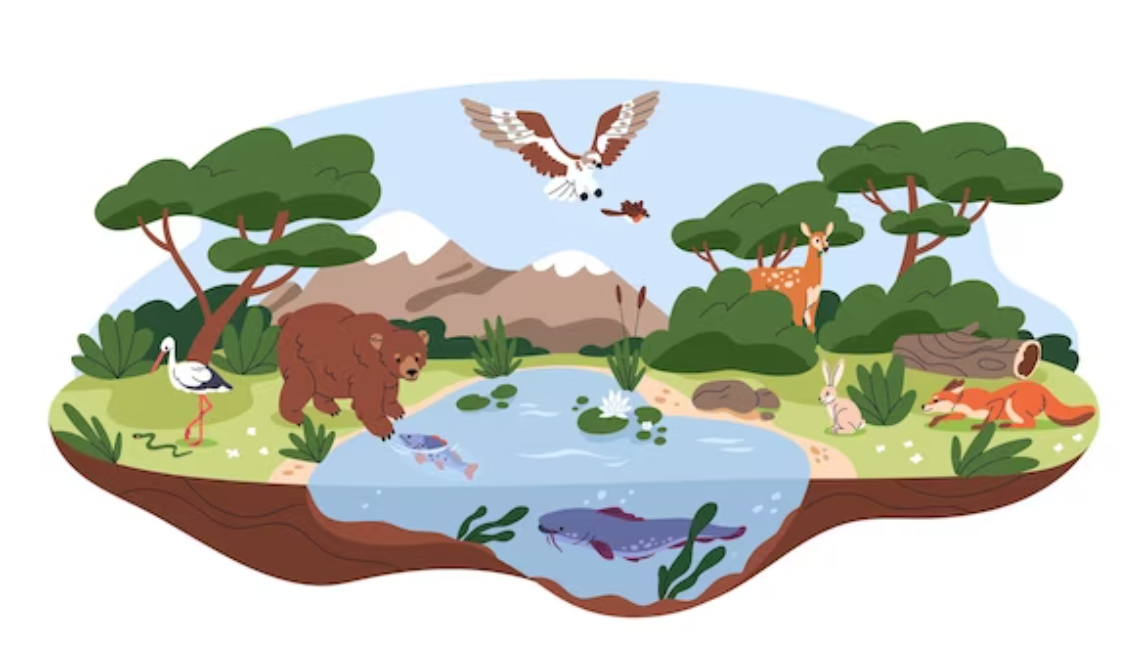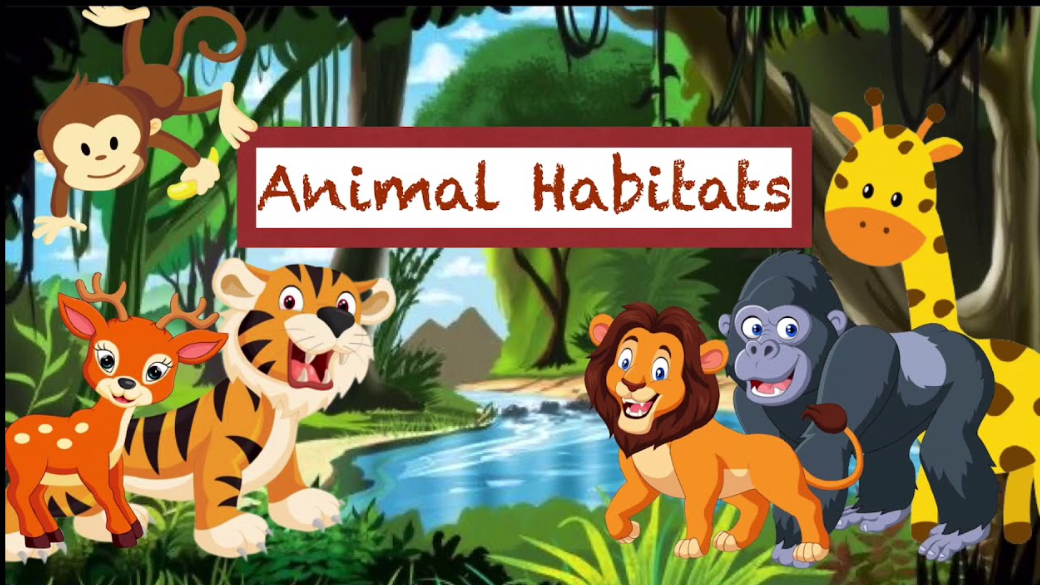Interdependence of animals and their habitats in maintaining ecosystems
Animals are an essential component of the ecosystem on our planet and live in a variety of settings according to their unique requirements and adaptations. Animals have evolved to live well in a variety of environments, from dry deserts to lush rainforests. This article will examine some of the most significant ecosystems and the creatures that live within them.
1. Forests
Forests are teeming with life, offering a wide variety of animal habitats. There is an amazing diversity of creatures found in tropical rainforests, such as monkeys, toucans, and jaguars. These creatures have evolved to survive in the rainforest’s thick undergrowth and high relative humidity.
You could encounter creatures like foxes, bears, and deer in temperate woodlands. These animals are well adapted to the shifting seasons and the chilly weather in these areas.
2. Oceans
Numerous marine species may be found in the oceans, which make up more than 70% of the planet’s surface. For instance, coral reefs are brimming with life, including vivid corals, colorful fish, and sea turtles. Many different kinds of marine creatures find food and refuge in these fragile habitats.
The vast ocean is home to amazing animals like sharks, dolphins, and whales. Due to the ocean’s immensity and its fluctuating depths, temperatures, and currents, these species have adapted.
3. Deserts
Despite being hostile and dry habitats, deserts are home to rare animal species that have evolved to withstand severe circumstances. Camels, snakes, and scorpions are examples of desert residents that have developed defenses against extreme heat and water scarcity.
Certain nocturnal desert creatures, like kangaroo rats, dig subterranean burrows to avoid the scorching midday sun. Some, like the fennec fox, have big ears to help with heat dissipation and prey detection.
4. Grasslands
Large expanses of open space and a profusion of grasses define grasslands. Numerous species of animals, especially herbivores like zebras, bison, and antelopes, are supported by these environments. These wide plains are also home to wolves, lions, and cheetahs, among other predators.

Because grasslands are seasonal environments, animals there have adapted to them by often traveling in search of food and water. To help them survive in this habitat, they have also evolved physical traits like long legs and keen fangs.
5. Polar Regions
Some of the most hardy creatures on the planet may be found in the polar areas, which include the Arctic and Antarctic. Seals, polar bears, and penguins have adapted to these areas’ frigid temperatures and ice surroundings.
These creatures have evolved thick coats of fur or blubber to protect themselves from the cold. Additionally, they have evolved specific features like webbed feet for swimming and pointed claws for holding onto the ice.
6. Freshwater Habitats
Rivers, lakes, and wetlands are examples of freshwater ecosystems, and they are home to a wide variety of aquatic species. In addition to several bird and mammal species that depend on freshwater for their existence, fish, amphibians, and reptiles are often found in these areas.
Certain adaptations are present in animals found in freshwater settings, enabling them to swim, dive, or survive in damp conditions. Beavers, for instance, build dams to provide appropriate habitats, while otters have webbed paws and streamlined bodies for effective swimming.
